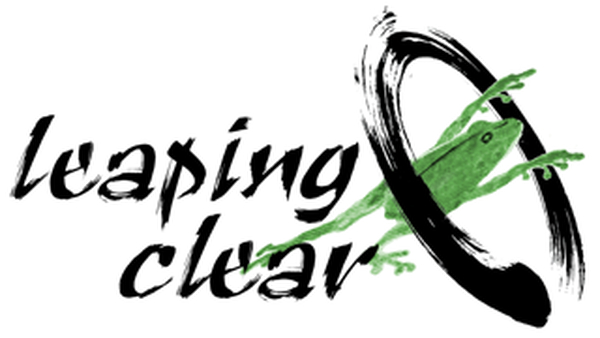Making art and contemplative practice are human birthrights, deeply encoded within each of us. Sharing them is also part of our fiber. I find myself reflecting on this again when the shadow side of human nature—our fear and anger—threatens to cover even the sun. Then I turn to the poets and artists, ancient and contemporary, and to contemplative practice.
I turn to the meditative practice of breathing with whatever arises to allow the natural compassion we also share as humans to arise from the silence and the intention to see clearly. I turn to these fundamental arts and practices because they are what has sustained us and allowed us to survive. I turn to them from the conviction of my own experience that, as an early Buddhist poem phrases it, “Never is hatred conquered by hatred,/but by readiness to love alone./This is the eternal law.”
I turn to Laurie Anderson’s Heart of a Dog, to Martin Luther King’s “I have a Dream,” Sappho’s fragments of poems, Lu Chi’s Wen Fu, The Art of Writing, Lorraine Hunt Lieberson singing J.S. Bach’s Cantata 199, Izumi Shikibu’s haiku, Andy Goldsworthy’s Rivers and Tides, Muriel Rukeyser’s poem “The Overthrow of One O’Clock at Night,” Blake’s Songs of Innocence and Experience, Agnes Martin’s paintings, Leonard Cohen’s “Hallelujah,” T.S. Eliot’s Four Quartets, to name only what comes immediately to mind.
Reading these artists, saying their words, looking at their sculptures, paintings, photographs, humming or playing along with them, viewing their movies—helps me recall that I am—we all are—larger than our fears and anger.
This is not denying that fear and anger are also part of human nature, that we feel them acutely at times. Because they are strong feelings, helpful from an early evolutionary perspective, we tend to remember them. Especially when they occur in times of great change.
The paradox is that fear and anger blind us. They’re feelings, moving through us like many other feelings do, but we fixate on them so we can’t see or feel the others: for example, curiosity and empathy. Art and contemplative practice allow us to pause, to reflect that there is more to any moment, any historical situation. When we take the opportunity that artists offer us, we can begin to see more clearly that fixations and reactivity lead us to despair, cynicism, deeper cycles of fear and anger.
Art serves to remind us, in our hearts and minds, that we are all together here with all the other animals, all sharing a brief life filled with joys and sorrows. Contemplative practice allows us to embody the eternal law. They both help us remember that
Beyond what we think is what happens.
Beyond what we desire is what opens.
Beyond what we fear is what awakens.
Carolyn Dille
Founding Editor
